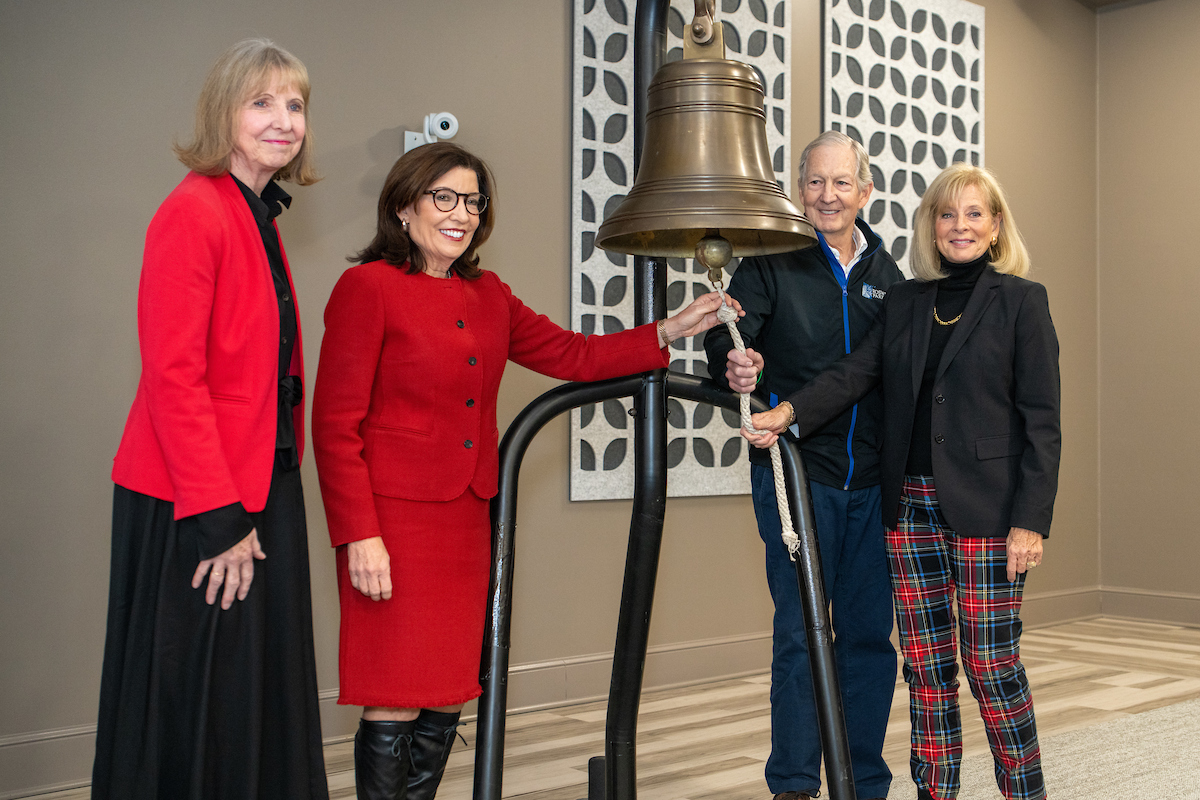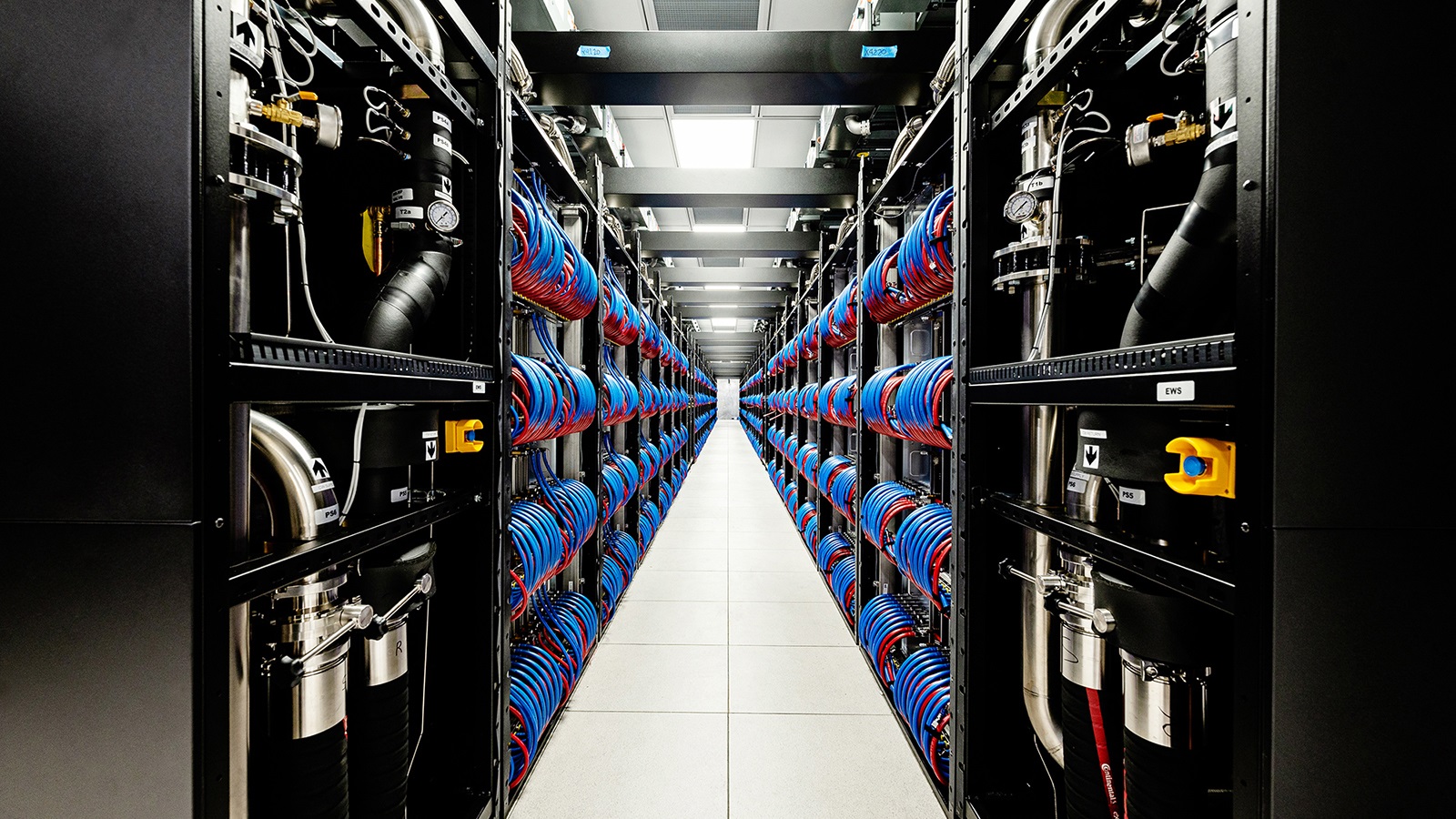The Science
The Impact
Researchers began with first principles in physics to build their simulations for this project. Starting with the foundational ideas is helping them answer fundamental questions of both science and technology. Why does the FRC device’s ability to contain the plasma’s energy improve as plasma gets hotter? What is the best configuration to produce a very high pressure fusion plasma? Answering these questions will accelerate progress toward TAE Technologies’ goal. The company is working to design a commercially viable fusion-based power plant driven by an aneutronic hydrogen-boron (p-B11) fuel cycle. Developing such a machine could help transform the international energy market.
Summary
To understand energy confinement in FRCs, the research team is performing first principles simulations of turbulent heat losses in FRCs using the ANC kinetic micro-turbulence code, which was developed by TAE Technologies in collaboration with the University of California, Irvine. In 2018, the team used the ALCF Theta resource to perform and publish a systematic study of global transport due to electrostatic driftwave turbulence in the exterior and interior of the FRC. It was found that short wavelength modes are linearly unstable outside of the FRC. In the non-linear case, an archetypal inverse turbulent cascade occurs, shifting energy from short to long wavelengths. No source of instability was found in the interior of the FRC itself. These simulations were validated against previous experimental DBS (Doppler Backscattering) observations and were found to agree well. In 2019, these studies will be extended to compare against coming experimental DBS measurements on the Norman experiment. The ALCF Theta resource is also being used to study global configuration stability of the FRC using the FPIC code developed at TAE Technologies. Here, the effects of external actuators including neutral beam injection, electrode biasing, and magnetic field shaping are included to simulate the effects on plasma self-organization. These results will be used to inform the operating states and feedback and control strategies that are being developed for Norman and for future FRC devices.
Funding
This work was funded by TAE Technologies. Portions of this work were carried out at University of California, Irvine with the support of the Norman Rostoker Fellowship and a TAE Technologies Grant No. TAE- 200441. Simulations used the resources of DOE Office of Science User Facilities: National Energy Research Scientific Computing Center and Innovative and Novel Computational Impact on Theory and Experiment (INCITE) program at Argonne Leadership Computing Facility at Argonne National Laboratory. The ADIOS2 contribution was supported by the SciDAC RAPIDS project.
Original post https://alertarticles.info




